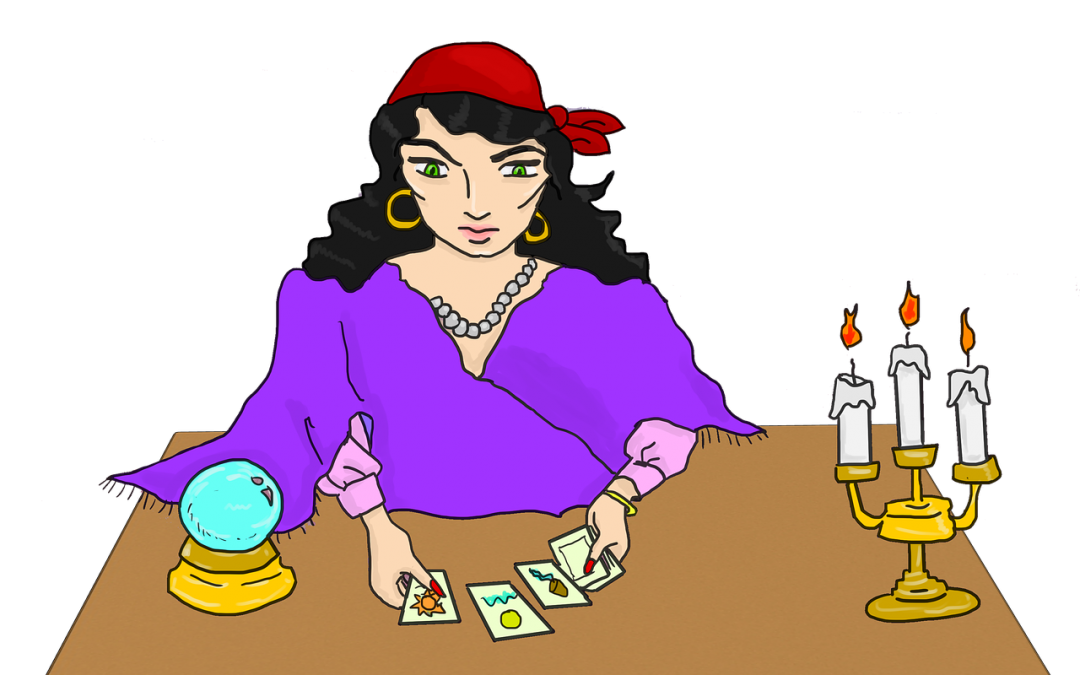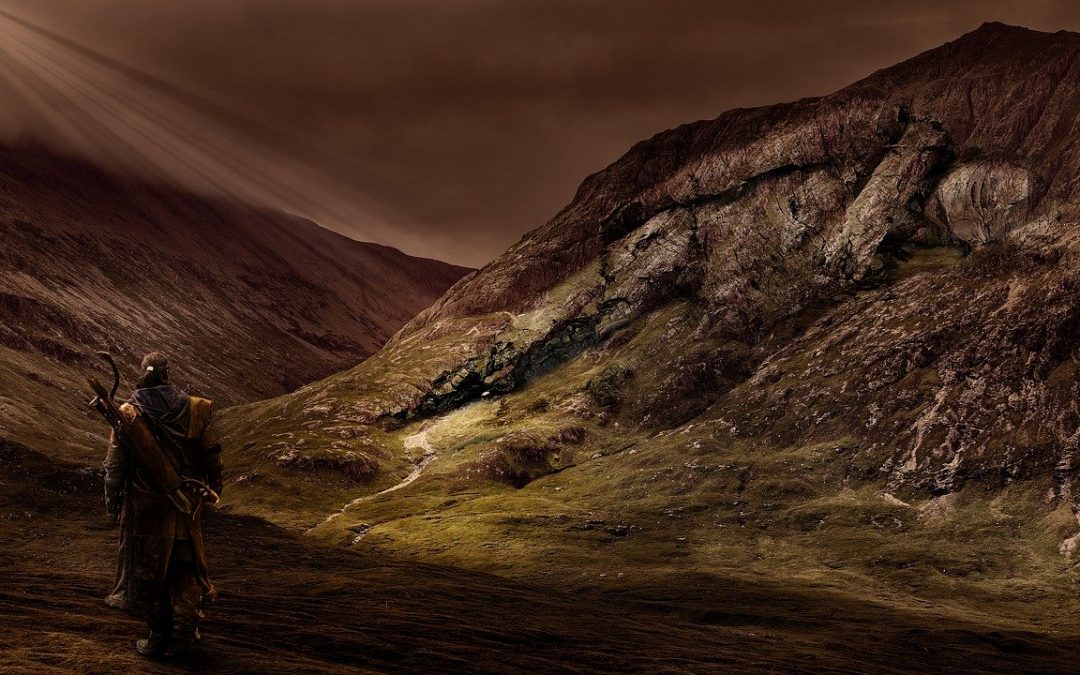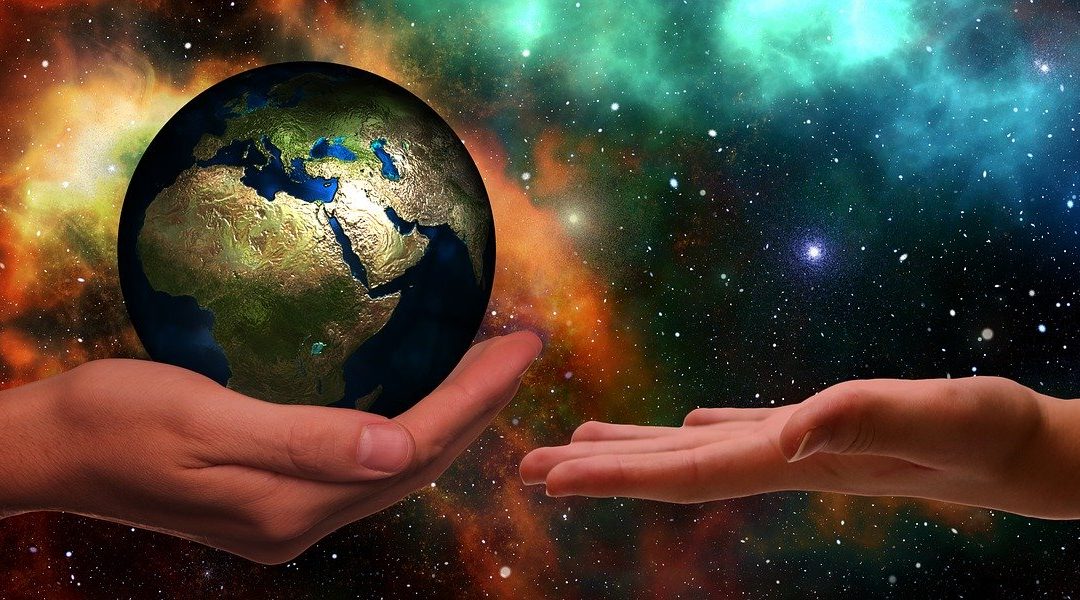There is a lot of talk about 2020 being the year to set a new vision for one’s self and stepping into the best life you can dream of. Change theorists will say that our normal state of being is chaos – from that, we can create our world and its reality. This sounds crazy, over-the-top, a rose-coloured glass type of reality. Yet if we resist change, we will stop growing, learning, exploring or risking to try something different; to be something different. We will never get a different result from what we already have if we continue doing what we’ve always done, always thought and always felt.
Throughout history, many versions of the Hero’s Story abound. And although the characters, locations and situations are different, the main themes remain universal. Looking at the works of people like Joseph Campbell, C.S. Lewis, Carl Jung, George Lucas, Albert Broccoli, J.R.Tolkien and J.K. Rowling, we can easily see the archetypal story of the Hero unfold. Joseph Campbell called it the monomyth – the story which is understood by everyone, everywhere, throughout history and eternity, at a primal/cellular level.
So what is the Hero’s Journey really about? To answer this question, let’s look at Carol Pearson’s book, Awakening the Heroes Within”
“We find a model for learning how to live in stories about heroism. The heroic quest is about saying Yes to yourself and, in so doing, becoming more fully alive and more effective in the world. For the Hero’s Journey is first about taking a journey to find the treasure of your True Self and then about returning home to give your gift to help transform the kingdom – and, in the process, your own life. The quest itself is replete with dangers and pitfalls, but it offers great rewards: the capacity to be successful in the world, knowledge of the mysteries of the human soul, the opportunity to find and express your unique gifts in the world and to live in loving community with other people.” (p.1)
“… The paradox of modern life is that at the same time that we are living in ways never done before and therefore daily recreating our world, our actions often feel rootless and empty. To transcend this state, we need to feel rooted simultaneously in history and eternity. This is why the myth of the hero is so important in the contemporary world. It is a timeless myth that links us to peoples of all times and places. It is about fearlessly leaping off the edge of the known to confront the unknown, and trusting that when the time comes, we will have what we need to face our dragons, discover our treasures, and return to transform the kingdom. It is also about learning to be true to ourselves and live in responsible community with one another.” (p.2)
When do we know when it is time to embark on our personal journey? Usually, it starts with a sense that something is not quite right; things are not as we would want them to be; inner restlessness or distractions that won’t leave us alone. It may not make sense to anyone else but ourselves.
Stage One of the Journey is called the Preparation Stage. It will challenge us to prove our competence, courage, our fidelity to high ideals. Testing, trials, tribulations abound in an effort to make us prove our worthiness for this treasure.
Archetypes associated with this stage include the Innocent (teaches trust and optimism), the Orphan (teaches us to provide for ourselves and stop relying on others), the Warrior (teaches setting goals and strategies, develop courage and discipline) and the Career (teaches caring for others and ourselves). These four basic archetypes teach us how to live in the world. They are necessary if we are to be successful in completing the Journey.
Stage Two of the Journey is simply called The Journey. Now, we leave the comfort and safety of all we’ve known and embark upon a quest where we encounter death, suffering and love. If we have prepared ourselves well, we will find a way through this journey. During this time, we become transformed. In myths, this is usually symbolized by the finding of a great treasure or sacred object.
Archetypes associated with this stage include the Seeker (searching for something that satisfies our yearning), the Destroyer (initiation through suffering, takes away what we thought was essential to ourl lives) the Lover (a new love for people, causes, places, work; forces a commitment from us to birth our true self) and the Creator (helps us express this new self in the world and start the return to our queen/kingdom).These four basic archetypes teach us the basic process of dying to the old self and giving birth to the new self. This process prepares us to return to our queen/kingdom and change our lives.
Stage Three of the Journey is called The Return. As the journey comes to an end, we come to realize that we are the rulers of our own Queen/Kingdom. Upon return, we might be upset with the state of our world, but because of our new-found self-knowledge, skills and understandings we can transform our world into the world we believe in – the world we desire. We will create a world that is in keeping with our true self – the Self we brought back with us. We are free to be ourselves and offer our gifts to others.
Archetypes associated with this stage include the Ruler (teaches how to take command over our Queen/Kingdom to create a beautiful world), the Magician (able to heal and transform ourselves and others so the queen/kingdom can be continually renewed), the Sage (teaches what the Truth really is; sets us free from attachment and petty desires) and the Fool (teaches us to live joyously in the moment without worrying about the future). These final attainments are the reward for our journey.
There is not only one journey taken in our lifetime. Life is an ever-changing event that needs continual attention, destruction and renewal. “Out with the old, In with the new.” As we evolve, we embark upon new Journeys in order to keep our world from becoming stagnant. Each time we embark upon our personal Hero’s Journey, we bring more life experience, knowledge, skills and soul growth to the adventure. This, in turn, assists us to bring back richer treasures to aid with our own health and healing as well as those whom we share our world.
When you feel those stirrings in your heart, mind and soul, maybe it is your True Self trying to get your attention. Are you listening? After all, it is for your Highest Good.




Recent Comments